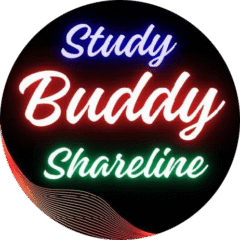One page notes
I. Introduction
Neural control and coordination involve the nervous and endocrine systems working together to regulate body activities. The nervous system provides rapid, short-lived responses, while the endocrine system provides slow, long-lasting responses.
II. Nervous System
A. Components:
| Component | Function |
|---|---|
| Neurons (Nerve Cells) | Structural and functional unit; transmit electrical and chemical signals. |
| Neuroglia (Glial Cells) | Support, insulate, and protect neurons. |
B. Neuron Structure:

- Dendrites: Receive signals from other neurons.
- Cell Body (Soma): Contains nucleus and organelles.
- Axon: Transmits signals away from the cell body.
- Axon Terminals: Release neurotransmitters at synapses.
- Myelin Sheath: Insulates the axon, increasing signal speed.
C. Types of Neurons:
| Type | Description |
|---|---|
| Sensory (Afferent) | Carry impulses from receptors to the CNS. |
| Motor (Efferent) | Carry impulses from the CNS to effectors (muscles/glands). |
| Interneurons (Association) | Connect sensory and motor neurons within the CNS. |
D. Nerve Impulse Conduction:
- Resting Potential: Neuron is polarized (inside negative, outside positive) due to Na+/K+ pump.
- Action Potential: Stimulus causes depolarization (inside positive), creating a nerve impulse.
- Propagation: Action potential travels along the axon.
- Synaptic Transmission: Neurotransmitters (e.g., acetylcholine) are released at the synapse, transmitting the signal to the next neuron or effector.
E. Central Nervous System (CNS):
- Brain:
- Cerebrum: Controls voluntary actions, thinking, memory.
- Cerebellum: Coordinates movement, balance.
- Brainstem: Controls involuntary functions (breathing, heart rate).
- Spinal Cord: Connects the brain to the peripheral nervous system; involved in reflex actions.
F. Peripheral Nervous System (PNS)
Rapid, involuntary response to a stimulus. Example: withdrawing hand from a hot object.
IV. Sensory Organs
- Eye: Vision (photoreceptors: rods and cones).
- Ear: Hearing and balance.
- Nose: Smell (olfactory receptors).
- Tongue: Taste (taste buds).
- Skin: Touch, pressure, temperature, pain.
VI. Disorders of Nervous
- Alzheimer’s disease.
- Parkinson’s disease.
